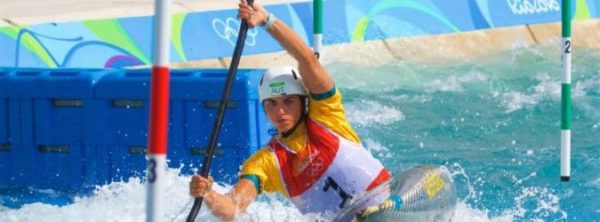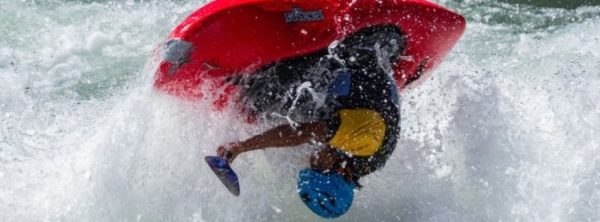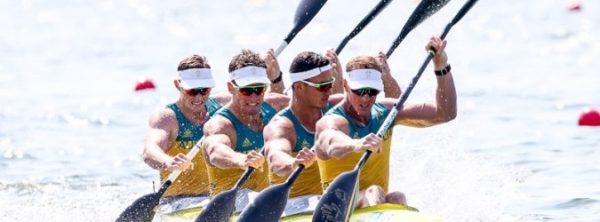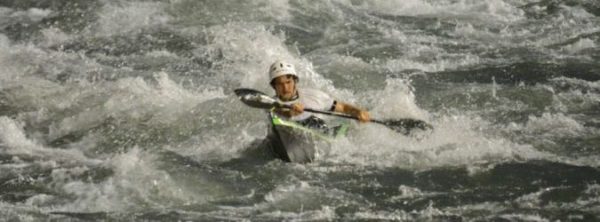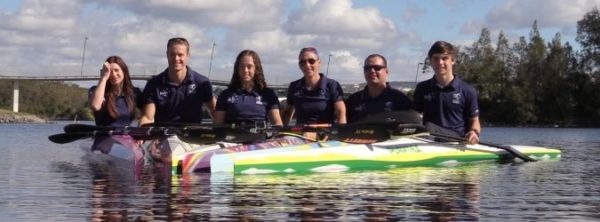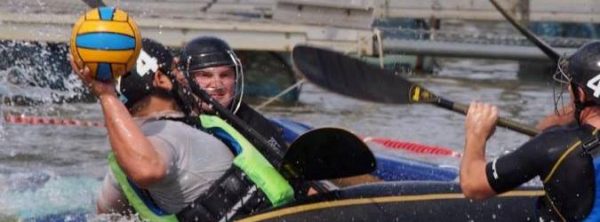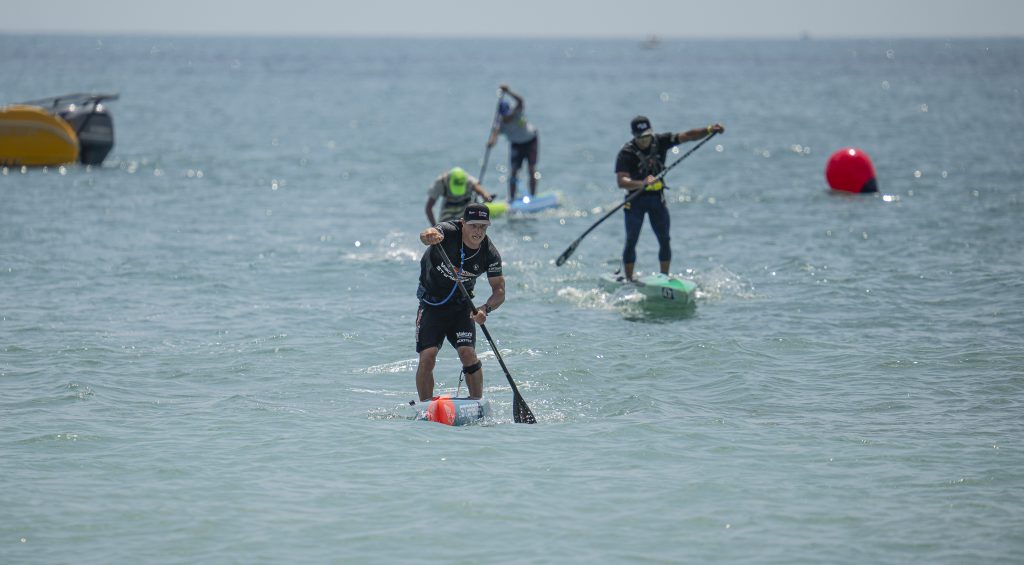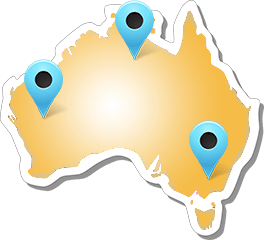What is Stand Up Paddling?
Stand Up Paddling is contested all over the world and is also one of the fastest growing recreational sports on the planet. It is practiced on rivers, lakes, canals, whitewater, the ocean – basically anywhere there is water. As well as world-class competitions, participants also enjoy stand up paddling as a fitness activity and as a unique way to sightsee.
Stand Up Paddling (SUP) is exactly as its title suggests – standing up on a board and paddling. There are many variations, and the sport is considered one of the fastest growing recreational activities in the world.
One of the attractions of SUP is its versatility as an activity. Paddlers can be seen on rivers, canals, stream, lakes, on the ocean, even on wildwater. While many athletes use flatwater, many also take on ocean surf.
SUP is believed to have originated in Africa, became very popular in Hawaii in the 1940’s, and can now be seen in countries and on waterways all over the globe.
In competition there are often sprint events, usually contested over 200 metres, longer races (19.50 kilometres) and technical races (about three kilometres).
The ICF has set the following guidelines for race distances;
Sprint: Women and men maximum 250m
Distance: Women and men between 5km to 35km.
Technical Race: Women and men between 800m to 5km.
Boards
The Stand Up Paddling regulations for boards for SUP competitions;
- Race Women/Men up to 14 ft (428 cm) long*
- Juniors/*up to 14 ft (428 cm) long inflatable
- Whitewater Women/Men up to 11 ft (366 cm) long
Rudders and/or foils are not permitted. The board may have only one hull – no multi-hulls allowed and no catamarans The length of the board will be defined as the distance from the tip to tail.






